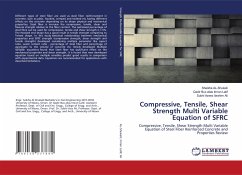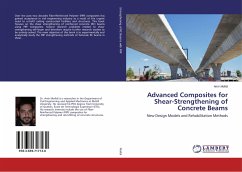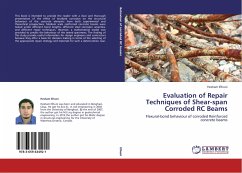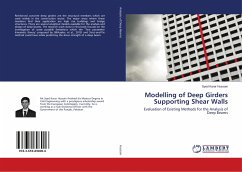Different types of steel fiber are used as steel fiber reinforcement in concrete, such as plain, hooked, crimped and twisted etc having different effects on the concrete depending on its shape physical and mechanical properties. Steel fiber is increase the compressive, tensile, shear and flexural strength relative to the fiber content. The optimised percentage of steel fibre can be used for compression, tensile and shear strength is 1.5%. The Hooked end shape has a good result in tensile strength compering to Twised shape. In this study statistical relationships between mechanical properties and SFRC strength (compressive strength, shear strength and tensile strength) developed considering multiple parameter like aspect ratio, water cement ratio , percentage of steel fiber and percentage of aggregate to the volume of concrete etc. Newly developed Multiple Variable equations found that Steel fiber has significant effect on the mechanical properties and shear strength. It is found that new developed equation based on multiple variables predict good results in comparison with experimental data. Equations are recommended for applications with described limitations.








